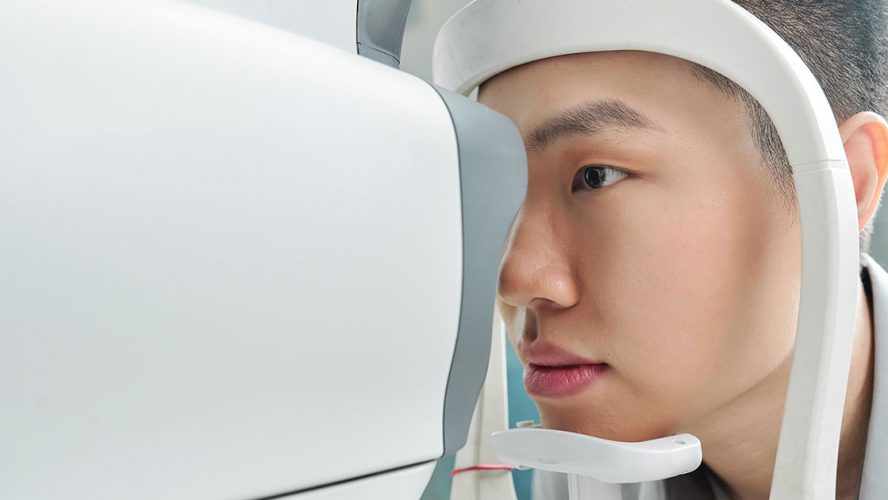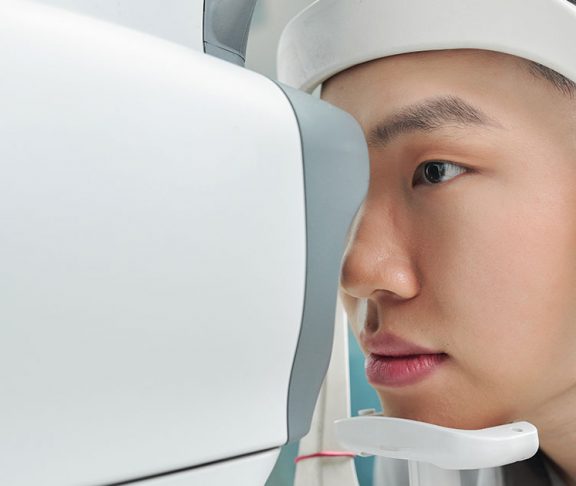In a Q&A, Michael Wolber outlines what keratoconus is, why it’s so hard to catch, and why early screening is vitally important to proper treatment.

Michael Wolber
CEO, OCULUS Inc.
What is keratoconus? What are the signs of it?
Keratoconus is a form of corneal ectasia; it is a bilateral pathology characterized by localized thinning of the cornea. The lack of symptoms and visual acuity changes during the early stages of the disease make it difficult to detect. In more advanced forms of keratoconus, the thinning of the cornea will lead to changes in cornea shape, followed by changes to visual acuity. Patients might complain about blurred or distorted vision and light sensitivity.
What’s the importance of eye screening as it relates to choosing the proper treatments?
Traditional diagnostic methods are not very effective in detecting keratoconus during the early stages. Instrumentation which has been used for many years are placido based topographers, which only measure changes to the cornea front surface. By definition the disease is a thinning of the cornea, which is mainly visible in corneal thickness profiles and posterior surface maps. Placido based corneal topographer based devices can’t measure either of those. Therefore, it is of utmost importance to use more advanced technology for screening of the different parameters. Scheimpflug Systems, such as the OCULUS Pentacam®, measure a three-dimensional profile of the cornea. This provides data on the cornea thickness profile, posterior cornea shape, as well as anterior cornea shape. By analyzing these three endpoints, eye care providers can make an informed decision on the disease stage and proper treatment plans.
What would be your recommendation to the average American looking to ensure their eye care? Are there any specific steps they should take?
No one knows what causes keratoconus, but eye rubbing and a family history of keratoconus does put people at a much higher risk of developing the disease. The onset of the disease is usually found in teenagers and young adults ages 10-25. Since the FDA has approved a treatment option to slow down, and in some cases even stop, the progression of keratoconus, I can only recommend everyone, especially those with a family history of keratoconus, to seek out an eye care provider who uses advanced technology to screen for corneal abnormalities such as keratoconus. Remember, a lot of patients do not show any symptoms until the later stages of the disease. Don’t wait, get screened today.
Where do you see the future of keratoconus care headed?
As we move forward into the new decade, I envision that the management of keratoconus in the eye care industry will migrate from ophthalmology to optometry. Historically, since the advanced stages of keratoconus require a corneal transplant, the entire management of the disease has been managed by ophthalmologists. However, with the FDA approved treatment and importance of early cornea wellness screening, the industry needs to change, and optometrists need to take on the part of the early screening. After all, there are twice as many optometrist in the country as ophthalmologists, and most of the patients are seen by optometrists. As with everything in life, we always have options. We can either wait until our vision changes irreversibly or we can act now and prevent future vision problems by getting screened today.

